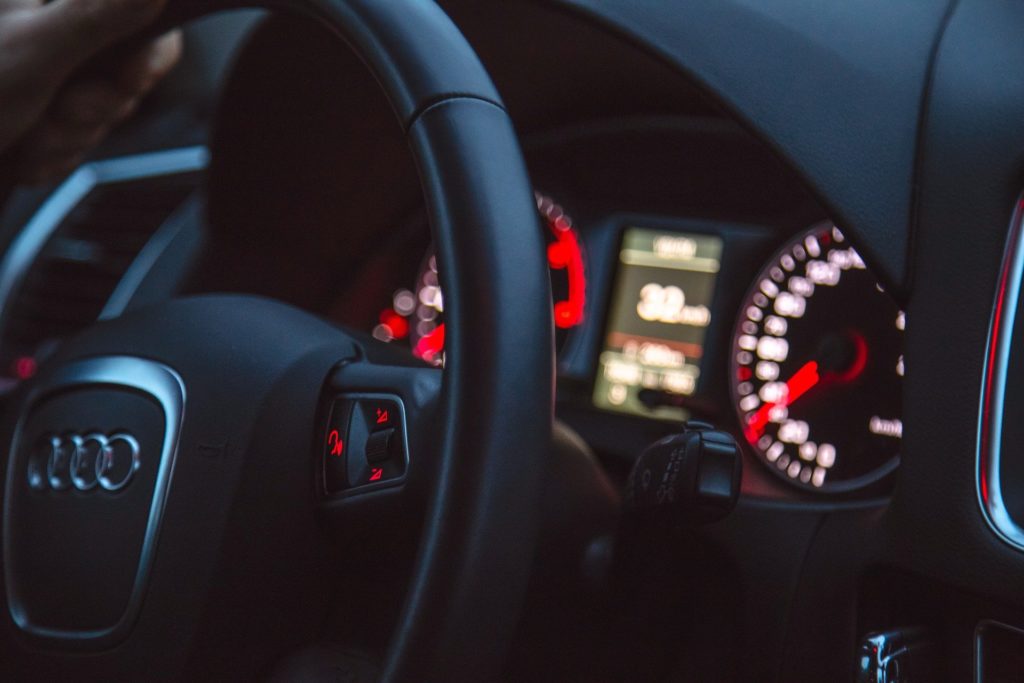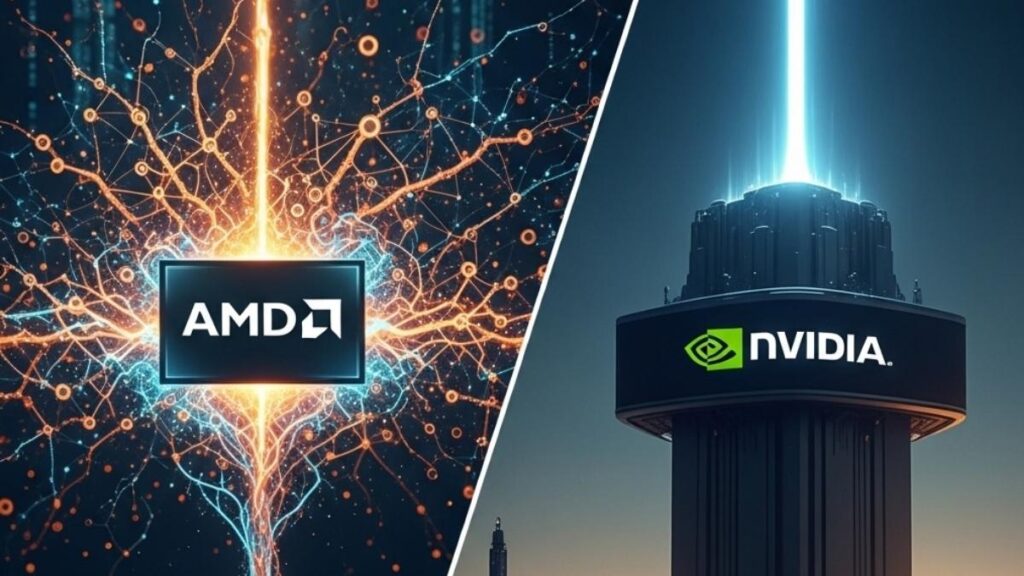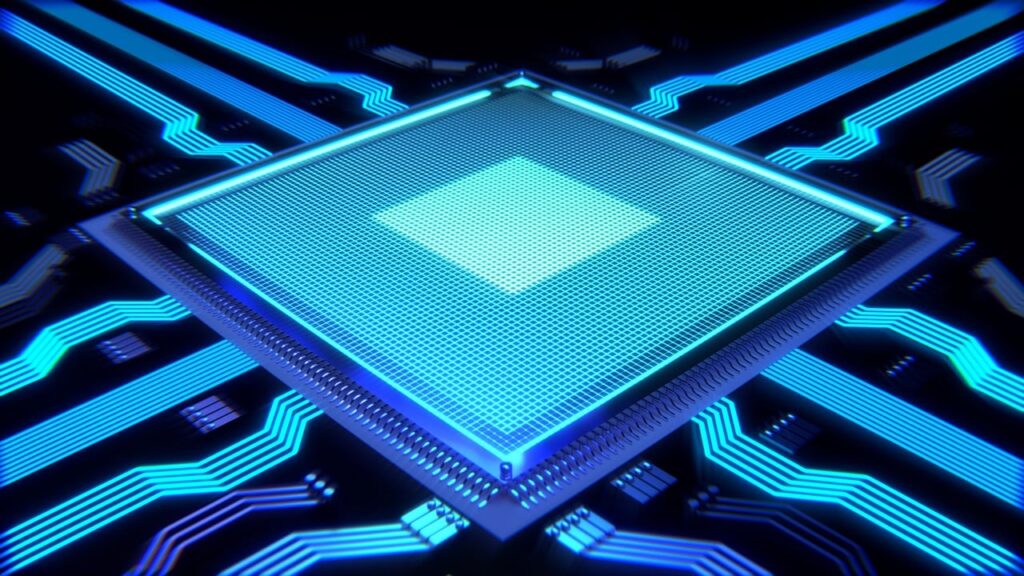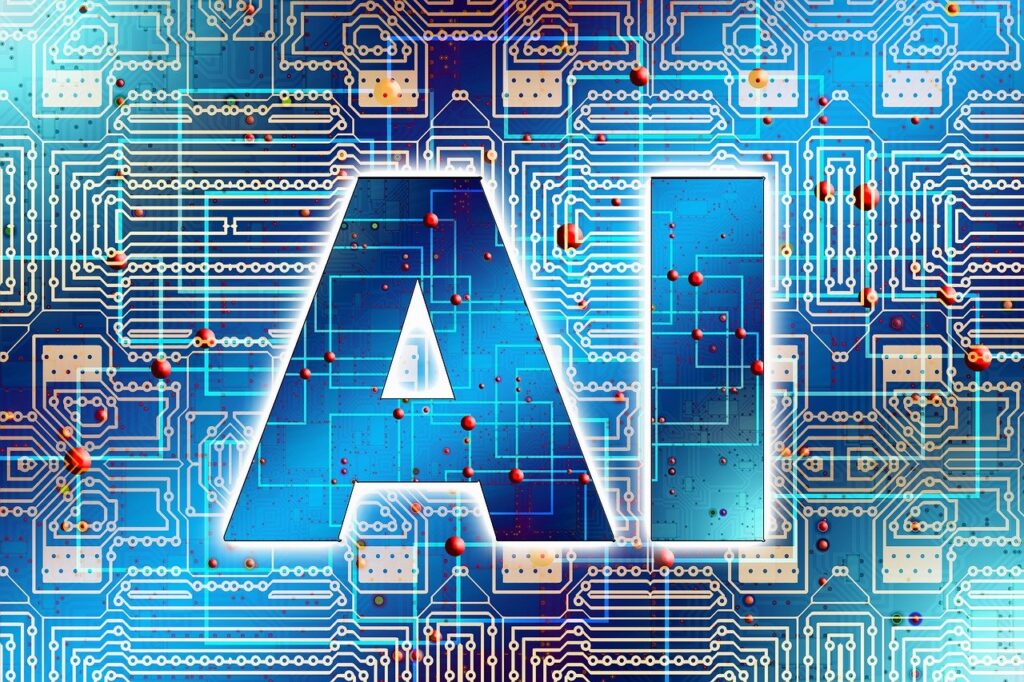One of the ongoing annoyances when buying a new car is that its technology can be as much as ten years old. The out-of-date technology problem is particularly annoying when looking at relatively expensive cars like a Lamborghini or Audi R8, which often use old Audi entertainment technology in their latest cars. I’ve walked out of dealerships where I’d intended to buy after realizing the in-car entertainment system was already years out of date and not upgradable. This inability to update technology is potentially a far more significant problem with autonomous vehicles where the technology, and therefore relative safety, are improving rapidly.
NVIDIA made a presentation this week on their revised Drive Hyperion Platform which standardizes the form factor and interconnection so that it can be easily upgraded in the future. This approach not only provides an extended revenue stream for dealerships but better enables the more sustainable car as a service future that self-driving autonomous vehicles is expected to bring about.
Moving from right-to-repair to right-to-upgrade
Right-to-repair laws are becoming more popular and expanding from automobiles to personal technology to protect buyers better and provide more factory and dealer service alternatives. The right-to-repair initiative in the automotive market was initially tied to the need to ensure emissions systems could be repaired by 3rd parties to ensure the cars weren’t polluting the environment.
You could argue that, as emissions technology improved, the need to upgrade these emission systems would have been critically helpful in the fight against pollution and global warming. Still, there is no right to upgrade a car. In fact, over time, cars have become more complex and harder to upgrade as they become more computerized. With a car made before the 1970s, you can pretty much replace every major drive component with a current aftermarket equivalent, including sound and navigation, relatively easily because these components were relatively standard size, even between car manufacturers.
I had a 2004 Jaguar where they stopped producing maps for the GPS but instead of just buying a newer GPS module to update it, I had to redesign much of the dash and move a lot of the existing switches into the glove compartment. Upgrading a part that cost under $1,000 cost me something like 10x+ that and, had I broken anything in the process, fixing it would have been my cost as well.
After ten years, even getting parts for some of these cars is problematic because the manufacturer would buy a new car rather than fix an old one which does ugly things to landfills and makes older cars artificially too expensive to maintain. But when cars learn to drive themselves, being unable to upgrade anything will cause avoidable accidents and critical outages, costing lives and potentially passing the cost of recalls, which could be massive for non-standard, increasingly antiquated hardware, back to the manufacturer.
This premature obsolescence problem will worsen as we move to cars-as-a-service; cars as-a-service programs may remain on the road for one to two decades, much like other commercial vehicles do today.
NVIDIA DRIVE Hyperion Platform to the rescue
NVIDIA’s DRIVE Hyperion Platform has created a standards-based modular hardware offering coupled with an open-source software stack. This approach is so that the hardware can be easily upgraded and replaced, dramatically lowering the cost of recalls and giving the car manufacturer almost absolute control over the software, which should also lower the recall risk. That risk reduction comes with the increasing ability to upgrade and patch vehicle software remotely, potentially avoiding recalls altogether.
These capabilities are on top of NVIDIA’s aggressive drive data collection program. Every vehicle learns from other vehicles, providing real-time updates on new hazards, road conditions and unanticipated driving problems. In addition, if there is a need, say in an automobile-as-a-service scenario, to upgrade cars as they age, the autonomous system can be kept up to date both with hardware and software, better assuring the reliability of the vehicle and the safety of the passenger and those in proximity to the car while it is in motion. With this program, not only will cars be better trained than human drivers with thousands of hours of virtual training, but they’ll also know about hazards well in advance of those hazards being visible, preventing even more accidents in the process.
Wrapping up: NVIDIA DRIVE Hyperion for sustainability
One of the biggest problems that today’s cars have, mainly when talking about the cars-as-a-service opportunity of tomorrow, is the inability to upgrade them. Only Tesla, the most valuable car company globally, seemed to realize that making cars upgradable has value and can make used cars more valuable while increasing the revenue stream over the years for every car sold. This upgrade policy also results in fewer cars being destroyed at the end-of-life because that life can be extended for decades if needed.
The result isn’t just safer cars as we move to autonomous vehicles but a more sustainable automotive ecosystem where vehicles don’t have to become prematurely obsolete and upgraded as needed. These upgrades, if done correctly, can provide long-tail income streams to carmakers and dealers while improving customer loyalty and satisfaction.
I’m a moderator for a car forum, and one of the most common complaints is about technology that has aged badly and can’t be upgraded. NVIDIA DRIVE Hyperion’s approach should be explored for entire vehicles to eliminate these complaints, reduce automotive waste, and give us not only the right to repair our vehicles but the right to upgrade them as well.
NVIDIA DRIVE Hyperion is a powerful start to fixing a problem that has become painfully pronounced since the 1970s and desperately needed fixing.
- Is Windows the New Internet Explorer? How Microsoft Is Slowly Killing Its Most Iconic Product - October 17, 2025
- Checkmate? Lenovo’s ‘AI in a Box’ Is a Brilliant Ambush on Dell - October 15, 2025
- The Ambient Brain: Why Amazon’s Alexa+ Is the AI We’ve Been Waiting For - October 4, 2025




Comments are closed.